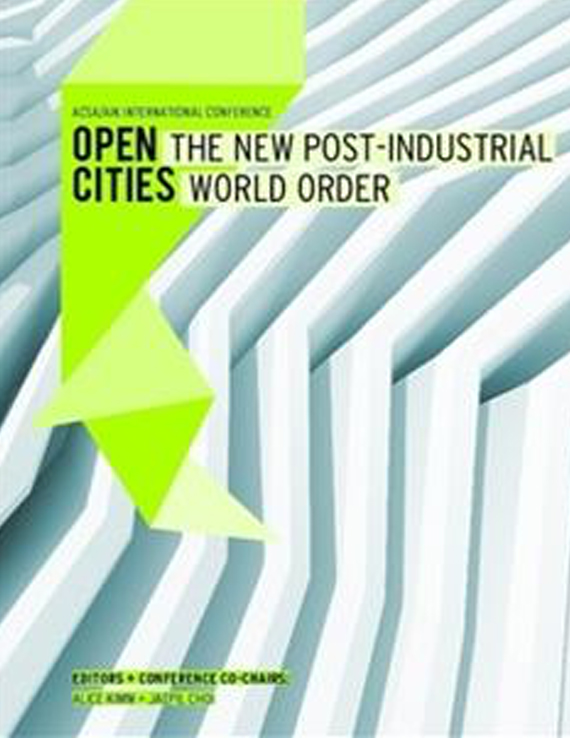Author(s): Bradford Watson & Sean Burkholder
In 1969 Michael Heizer conceived and constructed displaced / replaced mass. Thispiece excavated three large holes in a dry lakebed in Nevada; in which three boulderswere placed, each weighing the same as the excavated material. This piececreated a dialogue of not only the mass of different materials, but also of themovement and transformation of that material―a sorting. The piece also raisedthe question of where the excavated material went, for there is no displacementwithout replacement. Our landscape is defined by displacement / replacement.An example as obvious as Heizer’s foreshadows the anthropogeomorphologicalcondition we currently find ourselves in; a byproduct landscape created by industrializedsorting regimes.Butte Montana is a displaced / replaced mass at an immense scale. For over a centurythis landscape has been extracted, sorted and deposited. This sorting beganin the 1860s with the displacement of material by placer mining and the individualshaft mine, dug with a shovel and bucket. It quickly grew into an industrializedprocess, displacing over a billion tons of rock, feeding the world’s thirst for copper.From the moment material is dislodged from its parent mass, decisions must bemade as to where it will go. In Butte, rock containing precious metals is movedgreat distances for processing while the rest is considered waste. The valuablemetals, the only materials exported from the region, constitute only 0.5-2% ofthe total material removed, resulting in a landscape of toxic spoils, significantlydefined by displacement and subsequent replacement.The displacement / replacement operation is not always so clearly reciprocal.While Butte and other mining sites clearly evidence the displaced terrain muchlike a road cut along the freeway – with a clear relationship between pit and pile,in the Great Lakes region, the displaced terrain is much more subtle. Here thereplacement is the more tangible condition; a resultant of the continual dredgingof navigation waterways that have accumulated the eroded soil of over 200,000square miles of North America. Yet, similar to Butte, these operations have produceda localized displaced / replaced event through the creation of a network ofspoil-scapes designed to contain the displaced material. The parent condition ofmuch of this dredged material was within agricultural land, giving it the opportunityto collect various pollutants during its migration to the channel from whichit is to be displaced. It is this associated material, what land either contains orcollects, that transforms the replacement process into one of waste management,thus curtailing possible futures.Both of these situations are created by a focus on what is gained through displacementwith little concern for the impact of replacement. This replacement producesa series of ambiguous landscapes akin to the terrain vague of de Sola Morales.This paper will map and explore these two displaced / replaced landscapes andreconsider their social and ecological roles within their respective urban regions.Through the mapping of these conditions, agency can be given to this byproductsuch that waste becomes territory.
Volume Editors
Alice Kimm & Jaepil Choi
ISBN
978-0-935502-91-6

 Study Architecture
Study Architecture  ProPEL
ProPEL 
